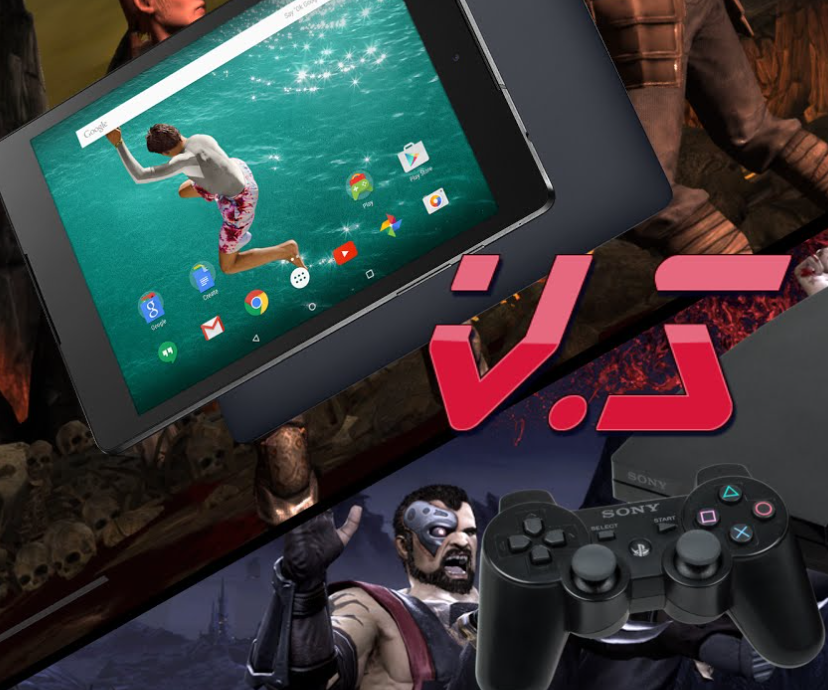Much has changed technologically over the past two decades. As a result, the iGaming industry has been subjected to a hurricane of innovations that have developed it to a point where you can barely recognize what it was at the beginning of the millennium.
ONLINE GAMES
Online gaming has moved well beyond regular gatherings with friends at a game console. Instead, it allows players to connect with each other over the Internet, regardless of location. Ever since game developers began offering live streaming, people have been able to watch other players battle each other as a form of entertainment.

Mobile gaming is probably the most desirable form of online gaming today. From the late 1990s, when Nokia installed “Snake” on its phones to the introduction and subsequent boom of mobile applications in the 2000s, the sector has grown exponentially and is expected to reach $2.2 trillion this year. Much of this revenue comes from online casinos, such as the Casinokokemus online casino, where players have the chance to wager money and win cash backs.
The advent of online gaming is not only considered one of the best advances in the industry, but also pioneered many other innovations that have followed.
NEW ERA OF GRAPHICS
Super Mario won the hearts of many gamers, but its graphic quality left much to be desired. Fortunately, the state-of-the-art has made it possible to abandon the outdated 8-bit graphics and move to HD and 3D rendering. High-def displays present graphics on a whole different level – sharp and colorful images at 4,000 pixels. Players get to experience games with photorealistic textures and animations that are so lifelike it makes you feel as if you are inside the game.
This brings us to another gaming technology that seeks to bring players into the gaming world, virtually.
VR AND AR
Although virtual reality was first mentioned in the 1950s, the concept is only gaining steam now that there are better technologies to support it. With VR headsets, gamers are immersed in the reality of video games, battling opponents and completing tasks not just through a game console, but in character.
AR is taking a different direction. Imagine playing table field hockey on the kitchen counter or completing an obstacle course in the backyard. AR allows you to apply the object of the game in a real space, so you’re not confined to a TV screen or gaming device. Instead of transporting you to virtual reality, AR brings it to you by augmenting your reality.
ARTIFICIAL INTELLIGENCE – GESTURE CONTROL, FACE AND VOICE RECOGNITION

A major development in gaming is due to the capabilities of artificial intelligence and machine learning. Facial recognition makes it possible to create one’s own avatar or modify digital elements in the user’s likeness. 3D cameras that enable this feature are also equipped with emotion scanners that scan 78 different points on the face to determine the user’s mood as the game progresses. The system automatically changes the difficulty level based on facial expression.
With voice recognition, gamers can turn the console on and off without using a controller. Speech recognition technology captures the user’s voice on the system to enable voice commands for gameplay controls, library searches, social media interactions and more.
Gesture control completely eliminates the need for a controller, as it allows you to perform in-game actions through simple hand movements. To achieve this, game developers embed a 3D camera that tracks 22 different points in the hand. The system thus detects natural body movements in real time.
Technology has made games more interactive and more immersive, not to mention the increased convenience of accessing gameplay elements. It’s clear that the industry is soaking up technology like a sponge. So we can expect more evolution in the coming years.
